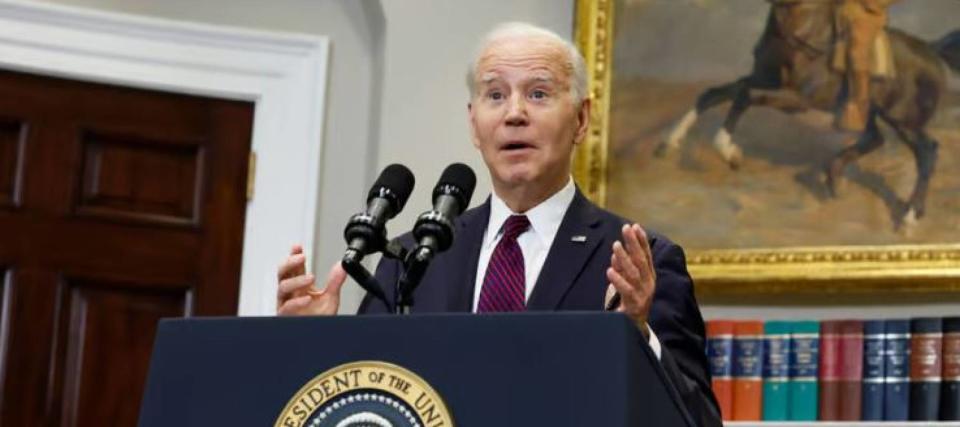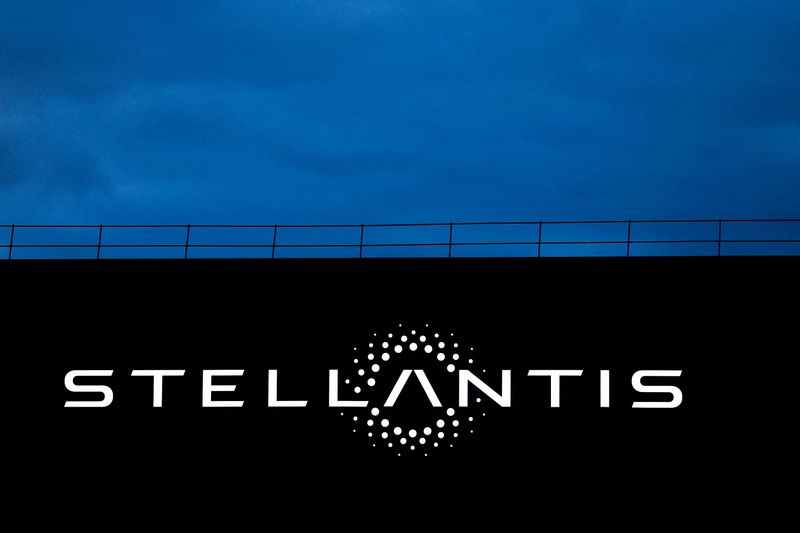
The definition of “Bidenomics” has recently been broadened to include a new concept: global access to the Internet.
In late June, President Joe Biden announced a new program that would allocate $42 billion to get “everyone in America” online by 2030.
do not miss
-
36% of millionaires say retiring with rising costs and a shaky market – it would take a miracle – is here The best shock-resistant assets To grow your nest eggs
-
Here’s how much money the average middle-class American family makes – How does it stack up?
-
Do you want to invest your spare cash but don’t know where to start? There is an app for this
In his remarks at a White House news conference announcing the program, Biden called Internet access “just as important as electricity or water.”
The money will be distributed under the Broadband Equity Access and Deployment (BEAD) program, which is approved by the Biden administration’s $1 trillion infrastructure package for 2021. The funding will go to all 50 states, with the most populous states receiving , California and Texas, the largest amounts. States with large rural areas that lack connectivity (such as Virginia, Alabama, and Louisiana) are also among those slated to receive top-level funding.
“It’s the largest investment in high-speed internet ever,” Biden said.
Here are the top three stocks that could see growth behind this new push for global internet access.
Comcast
With 31.7 million subscribers, Comcast is already the largest provider of cable broadband in the United States, which puts it in a strong position to capitalize on the Biden administration’s latest push for global internet access.
Comcast has already benefited from the 2021 Affordable Connectivity Program, a $14 billion federal fund that has provided more than 19 million households with a monthly subsidy of $30 or more to help cover their broadband bills. Comcast, whose cable and internet service dominates Xfinity across the country, was one of the main beneficiaries.
Comcast stock is up 27% year-to-date.
AT&T
AT&T is another company that could benefit from the Biden administration’s push for internet access.
The company already operates the country’s largest network of fiber optic cables. These cables are connected to up to 19.7 million consumer addresses, 750,000 corporate buildings and more than 3 million business customer locations in 100 US metro areas.
Read more: If you owe more than $25,000 in student loans, there you have it Faster ways to pay it off
It is expensive to maintain this network – let alone expand it – and government subsidies can ease the burden. During the White House press conference, Secretary of Commerce Gina Raimondo specifically mentioned that a portion of the newly announced BEAD grant will go toward “fiber-optic cable manufacturing in America.”
AT&T stock is down 22% year-to-date, giving ambivalent investors something to think about.
Communication charter
With 28.9 million wired broadband customers, Charter Communications is the second largest provider of wired Internet in America.
Like Comcast, the company has seen a windfall in government-subsidized income thanks to its affordable connectivity program, and it remains in a strong position to take advantage of the new BEAD program. Meanwhile, the company is already investing more than $5.5 billion to increase speed across its network over the next few years.
“We’re targeting to have more than 85% of our presence capable of serving up to 5Gbps by the end of 2025,” said Richard DeGeronimo, Charter’s president of products and technology during a presentation to investors in late 2022.
The chartered shares are trading at a P/E of 13 and the share price is 19% higher since the beginning of the year.
What do you read next
This article provides information only and should not be construed as advice. It is provided without warranty of any kind.



